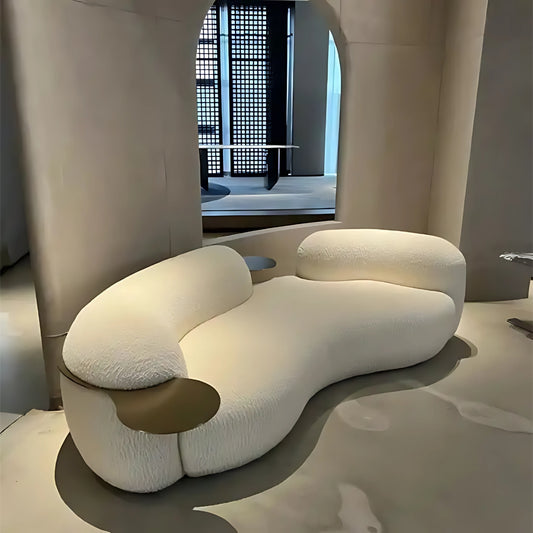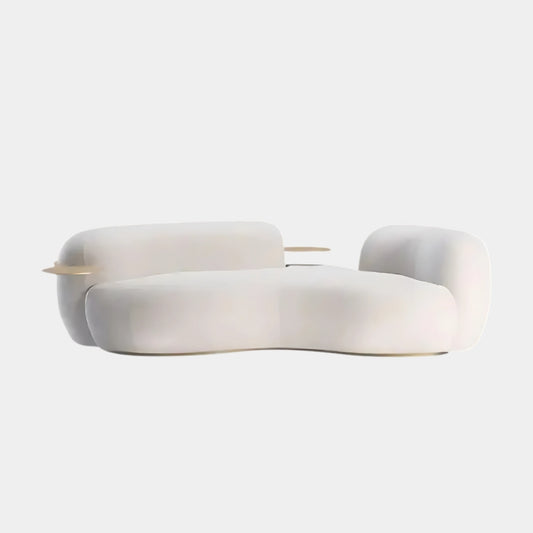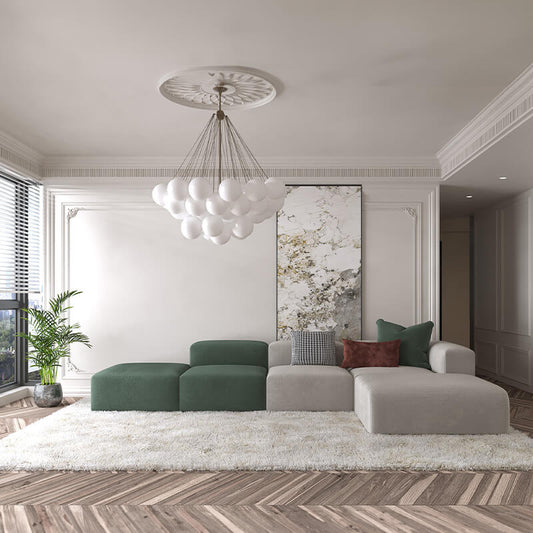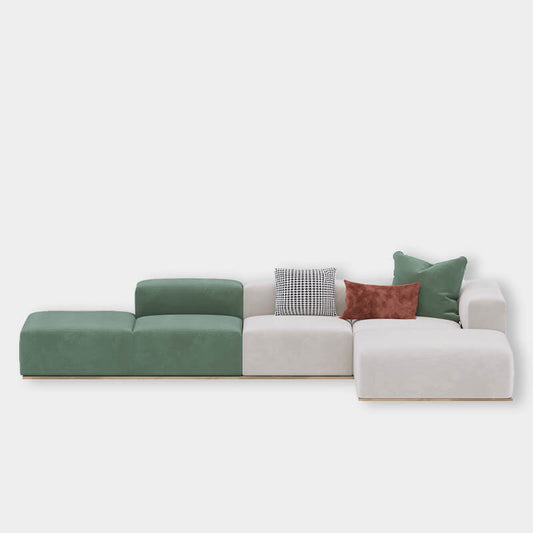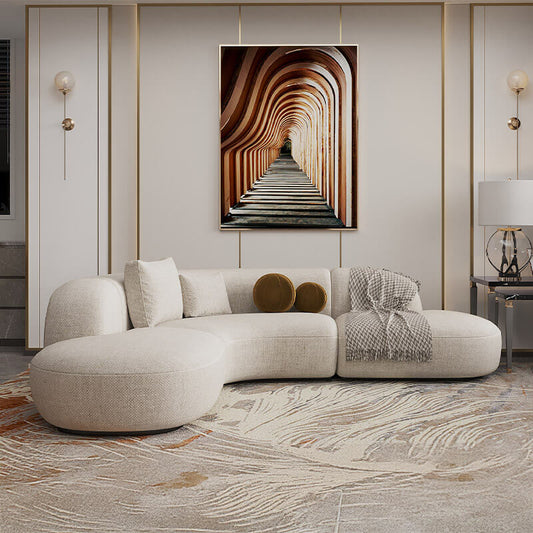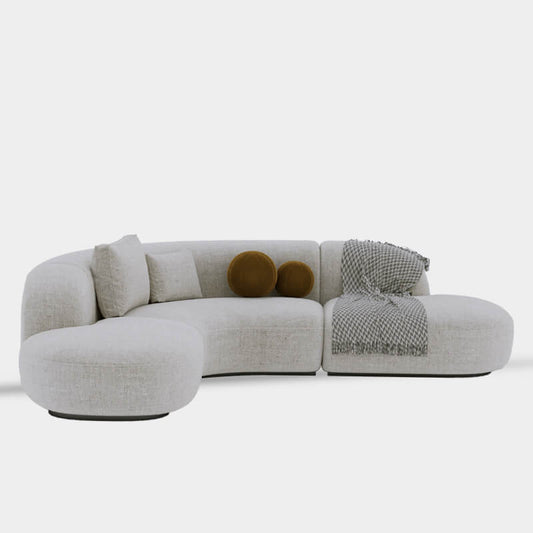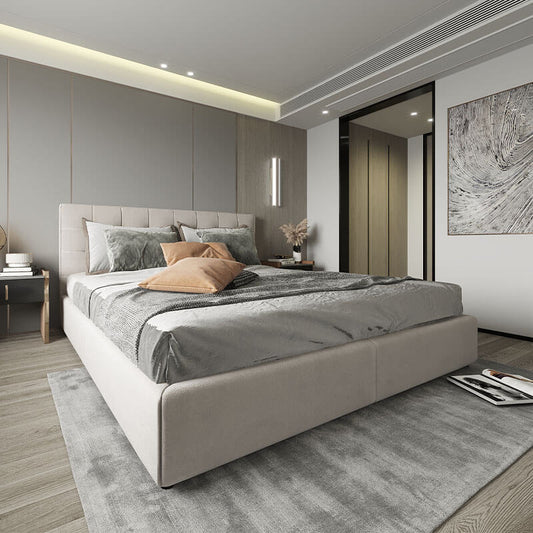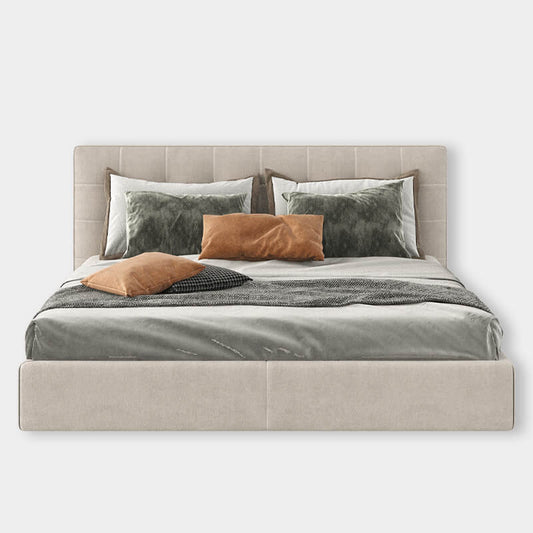One of the most important but underappreciated aspects of house design is lighting. It sets the mood, defines spaces, and highlights your furniture — but one wrong bulb, color temperature, or placement can completely throw off the ambiance.
Most homeowners unknowingly repeat the same lighting mistakes — using a single overhead light, ignoring layering, or forgetting about color temperature. The good news? Fixing these issues can dramatically transform your interiors, making them warmer, cozier, and more functional.
Let’s break down the most common lighting mistakes in homes and how to avoid them for perfectly balanced home interiors.
1. Relying Only on Overhead Lighting

Why It’s a Problem
Many homes depend solely on a single ceiling or tube light for illumination. While it brightens the room, it also flattens textures, casts unflattering shadows, and creates a cold, uniform glow.
Lighting should be about layers — combining multiple sources that work together to create warmth and depth.
How to Fix It
Introduce layered lighting — a mix of ambient, task, and accent lights that complement each other.
|
Lighting Type |
Purpose |
Example Fixtures |
|
Ambient |
General illumination |
Ceiling lights, chandeliers |
|
Task |
Focused light for activities |
Table lamps, reading lamps |
|
Accent |
Highlights decor or furniture |
Wall sconces, LED strips |
Pro Tips
-
Add a floor lamp near your curved sofas or reading chairs.
-
Use table lamps on TV consoles or side tables for cozy corners.
-
Decolide’s bedside lamps pair beautifully with upholstered beds, giving your room instant warmth.
2. Ignoring Natural Light and Window Placement

Why It’s a Problem
Artificial light can’t replicate the vibrance of natural sunlight. Blocking windows with heavy curtains or poor furniture placement can make your home feel smaller, darker, and less inviting.
How to Fix It
Maximize daylight flow and balance it with the right artificial lights.
|
Mistake |
Correction |
|
Blocking windows with bulky furniture |
Use low-profile pieces or transparent materials |
|
Using dark, heavy curtains |
Opt for sheer or light-filtering drapes |
|
Placing large mirrors away from windows |
Position them opposite windows to reflect light |
Natural Light Enhancers
-
Mirrors: Bounce light and visually expand the space. Try Decolide’s Arched Wall Mirrors for elegance and function.
-
Glossy surfaces: Furniture with semi-gloss finishes reflect light beautifully.
-
Neutral color palette: White, beige, or pale grey walls amplify brightness.
Pro Tip:
Keep window frames light-colored — dark frames can visually cut off light even when curtains are open.
3. Wrong Color Temperature: Too Cold or Too Warm

Why It’s a Problem
Lighting color (measured in Kelvin) can drastically change how a room feels. Cool light makes a home look sterile, while overly warm light can distort true colors and make rooms feel heavy.
Understanding Color Temperature
|
Light Color |
Kelvin Range |
Best For |
|
Warm White |
2700K–3000K |
Bedrooms, living rooms |
|
Neutral White |
3500K–4100K |
Kitchen space, bathrooms |
|
Cool White |
5000K+ |
Study or workspaces |
How to Fix It
-
Use warm light (2700–3000K) for relaxing areas like bedrooms and lounges.
-
Use neutral white in kitchens and bathrooms for better visibility.
-
Steer clear of combining wildly disparate color temperatures in one space.
Pro Tip:
Always check packaging — even similar bulbs can emit completely different tones. LEDs with adjustable warmth offer great flexibility across zones.
4. Overlooking Task Lighting in Key Areas

Why It’s a Problem
A well-lit room doesn’t necessarily mean a functional one. Without task lighting, activities like reading, cooking, or working can strain your eyes — even in a bright space.
How to Fix It
Think of lighting as activity-based rather than space-based. Every zone should support what happens there.
|
Area |
Common Mistake |
Fix |
|
Kitchen |
Only ceiling light |
Add under-cabinet LED strips |
|
Study Corner |
Relying on ceiling light |
Use focused desk lamps |
|
Living Room |
No reading light |
Floor lamps or side table lamps |
|
Dressing Area |
Poor mirror lighting |
Wall sconces or backlit mirrors |
Pro Tip:
Balance brightness — your work or reading zones should have light 3x stronger than ambient lighting for comfort.
Decolide’s side tables and lamps make great additions near beds or sofas for layered task lighting setups.
5. Poor Light Placement and Direction

Why It’s a Problem
Lighting placement is just as critical as type. Fixtures installed too high, too low, or in the wrong direction create glare, harsh shadows, or uneven lighting.
Common Mistakes and Fixes
|
Mistake |
Effect |
Fix |
|
Ceiling lights placed directly above seating |
Causes glare and discomfort |
Offset lights or use diffused covers |
|
Downlights too close to walls |
Creates harsh shadows |
Place them 8–12 inches away from walls |
|
Uneven wall sconce height |
Unbalanced appearance |
Align sconces at eye level (~60–65 inches) |
|
No dimming control |
Inflexible lighting |
Add dimmer switches for control |
Balance the Direction
-
Uplighting (lamps pointing upward) makes rooms feel taller.
-
Downlighting focuses attention on specific areas.
-
Wall grazing adds texture to brick or stone walls.
Pro Tip:
Always plan lighting before furniture placement — retrofitting can be expensive and less effective.
6. Neglecting Accent and Ambient Lighting for Mood

Why It’s a Problem
Many homes light spaces for utility, not ambiance. But without accent or mood lighting, interiors can feel flat, even with premium furniture and décor.
Accent lighting adds drama, depth, and visual interest — highlighting your favorite elements like artwork, mirrors, or textures.
How to Fix It
Add Layered Ambiance
-
Use LED strip lights under cabinets, behind mirrors, or under beds.
-
Highlight furniture edges or wall panels for a soft glow.
-
Combine Decolide’s wooden floor lamps with warm bulbs for cozy corners.
Use Smart or Dimmable Lighting
Smart lighting systems allow you to adjust intensity and tone based on activity or mood.
|
Mood |
Lighting Temperature |
Brightness |
|
Relaxing evening |
2700K warm |
Low |
|
Work or reading |
4000K neutral |
Medium-high |
|
Entertaining guests |
3000K–3500K |
Medium |
Decorative Fixtures Matter
A statement chandelier or pendant above the dining table not only lights up the space but becomes a centerpiece of design.
Pro Tip: Balance brightness — accent lights should be softer than task lights but bright enough to draw attention.
Final Thoughts: Let Light Design Your Space

Lighting isn’t just about visibility — it’s about atmosphere, comfort, and how your home feels at different times of the day. Avoiding common mistakes like over-reliance on overhead lighting, poor color temperature, or bad placement can elevate your interiors instantly.
When paired thoughtfully with furniture, lighting brings out textures, colors, and materials beautifully — especially with Decolide’s handcrafted wooden furniture that thrives under warm, layered illumination.
The right lighting can transform an ordinary home into a living experience — soft, functional, and full of life.





